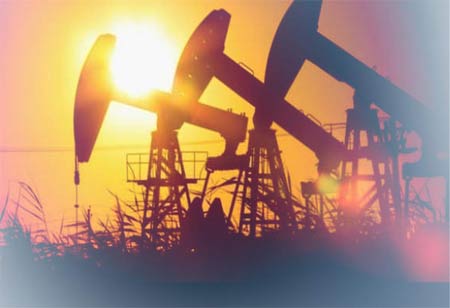Thank you for Subscribing to Energy Business Review Weekly Brief
Unveiling the Secrets of Turbomachinery Performance
Turbomachines transmit work to or from a fluid using the aerodynamic action of blade rows that rotate constantly.

By
Energy Business Review | Saturday, March 09, 2024
Stay ahead of the industry with exclusive feature stories on the top companies, expert insights and the latest news delivered straight to your inbox. Subscribe today.
Aerodynamic action is crucial to turbomachinery because it allows pressure, momentum, and energy transfer. Internal aerodynamics is the subset of aerodynamics that includes the dynamics of turbomachinery.
Turbomachines transmit work to or from a fluid using the aerodynamic action of blade rows that rotate constantly. Fluid pressure and momentum are changed due to the energy exchange between the spinning element and the flowing fluid. Two typical examples of turbomachinery are turbines and compressors. Energy in turbines is moved from the fluid to the rotor. Instead, energy is transferred from the rotor to the fluids in compressors, which works similarly.
Positive displacement machines operate isothermally, while high-speed turbomachines operate adiabatically. Thermodynamic and aerodynamic forces act on a turbomachinery's flowing fluid and rotating element. In turbomachines, pressure and momentum changes are achieved using thermodynamic and aerodynamic movements, facilitating energy transmission.
Aerodynamic action is crucial to turbomachinery because it allows pressure, momentum, and energy transfer. Internal aerodynamics is the subset of aerodynamics that includes the dynamics of turbomachinery. The fluid in internal aerodynamics determines the liquid flow via the turbomachinery as it passes through a limited area or tunnel. Other aerodynamic categories, such as subsonic, transonic, and supersonic flow, are related to turbomachinery and depend on the flow regime.
Turbomachinery considerations must include turbines and compressors. There are differences in the aerodynamics of the two devices. While turbines experience a decrease in pressure due to aerodynamics, compressors experience an increase in fluid pressure due to aerodynamic action.
The machine's design features vary based on the aerodynamics of the turbomachinery. A compressor's stages and blades are designed to withstand unfavorable diffusing pressure gradients. The design of compressors facilitates a rise in static pressure levels in the flow direction. On the other hand, turbines are made to accelerate flow fields when static pressure decreases.






